I just started doing some research into diamonds, especially H&A, and I am finding out new information every day that make me refocus my search parameters. (symmetry, cut angles and proportions , crispness)
It's not very easy comparing apples to apples, since most B&M shops do not have a wide variety of stones within a range of color and clarity, especially H&A.
1. In terms of visualizing the Arrows pattern, I'm assuming that obstruction is not a good thing. Is that correct?
2. How are we to know based on internet H&A images how much obstruction there will be?
3. And are there parameters that will allow us to evaluate how to get the best performance in a ring in regards to obstruction? (Will using the HCA give all the information one needs?)
Thanks
Thanks.
It's not very easy comparing apples to apples, since most B&M shops do not have a wide variety of stones within a range of color and clarity, especially H&A.
1. In terms of visualizing the Arrows pattern, I'm assuming that obstruction is not a good thing. Is that correct?
2. How are we to know based on internet H&A images how much obstruction there will be?
3. And are there parameters that will allow us to evaluate how to get the best performance in a ring in regards to obstruction? (Will using the HCA give all the information one needs?)
Thanks
Thanks.

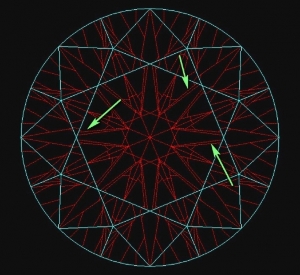
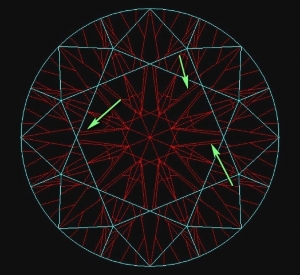
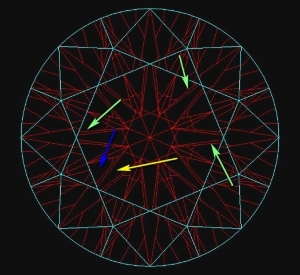
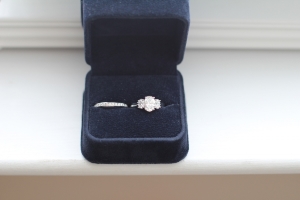
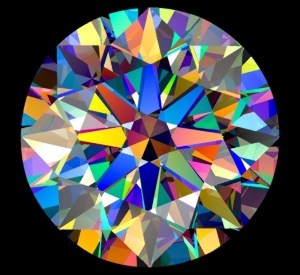
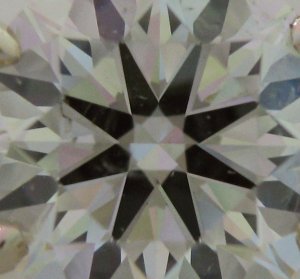
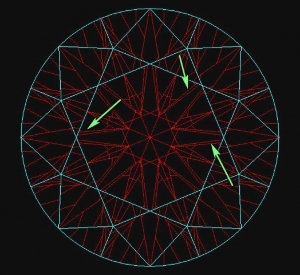
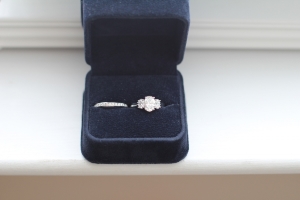
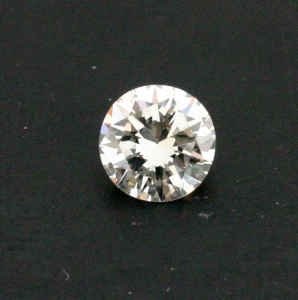
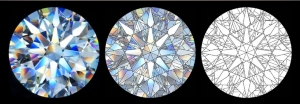
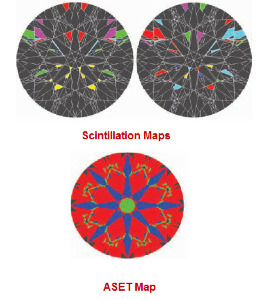


300x240.png)